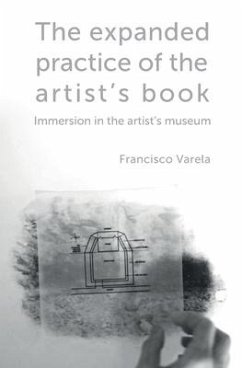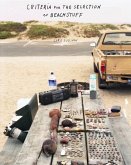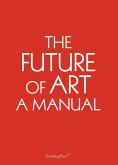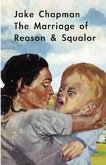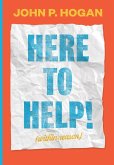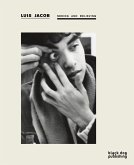How do we recognise an artist's book when it becomes an expanded practice? Is the same method of sourcing, research and display of materials used in books and collections alike? Can the space where the book is made and exhibited be considered an artist's museum? These were Francisco Varela initial questions when he saw the Blackchapel bookwork at msdm house-studio-gallery in London. The first section of the essay explores the "expanded" characteristics of the artist's book, probing whether this notion is extensible to the activity of space production practiced by paula roush at her house-studio-gallery, an activity which is unique to and inseparable from her live-work method. These artistic methodologies are clarified within an interdisciplinary framework that includes the concepts of "autoethnography," "space-time sequence" and "contemporaneity." The second section explores the notion of "dispositif," with the intention to reveal the multiple structuring elements of a live-work practice here called "immersive." The third section analyses the "museographic" process inherent to the space, a practice associated to the house-studio-gallery. This live-work-curation method is identified in relation to various museological frameworks that are exercised in that space.

